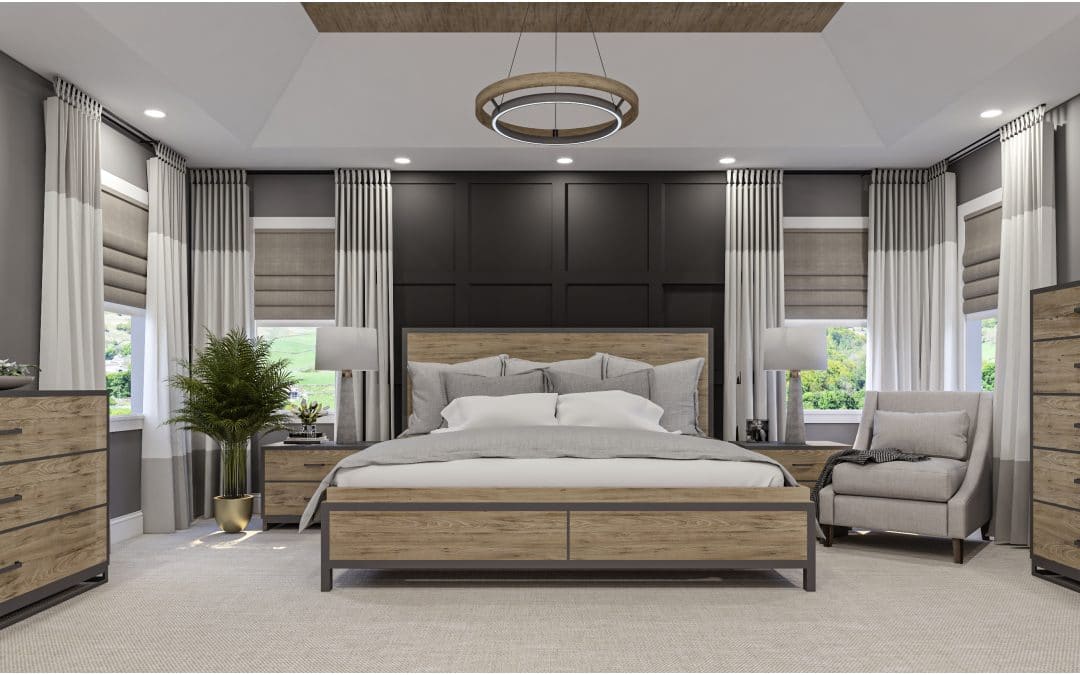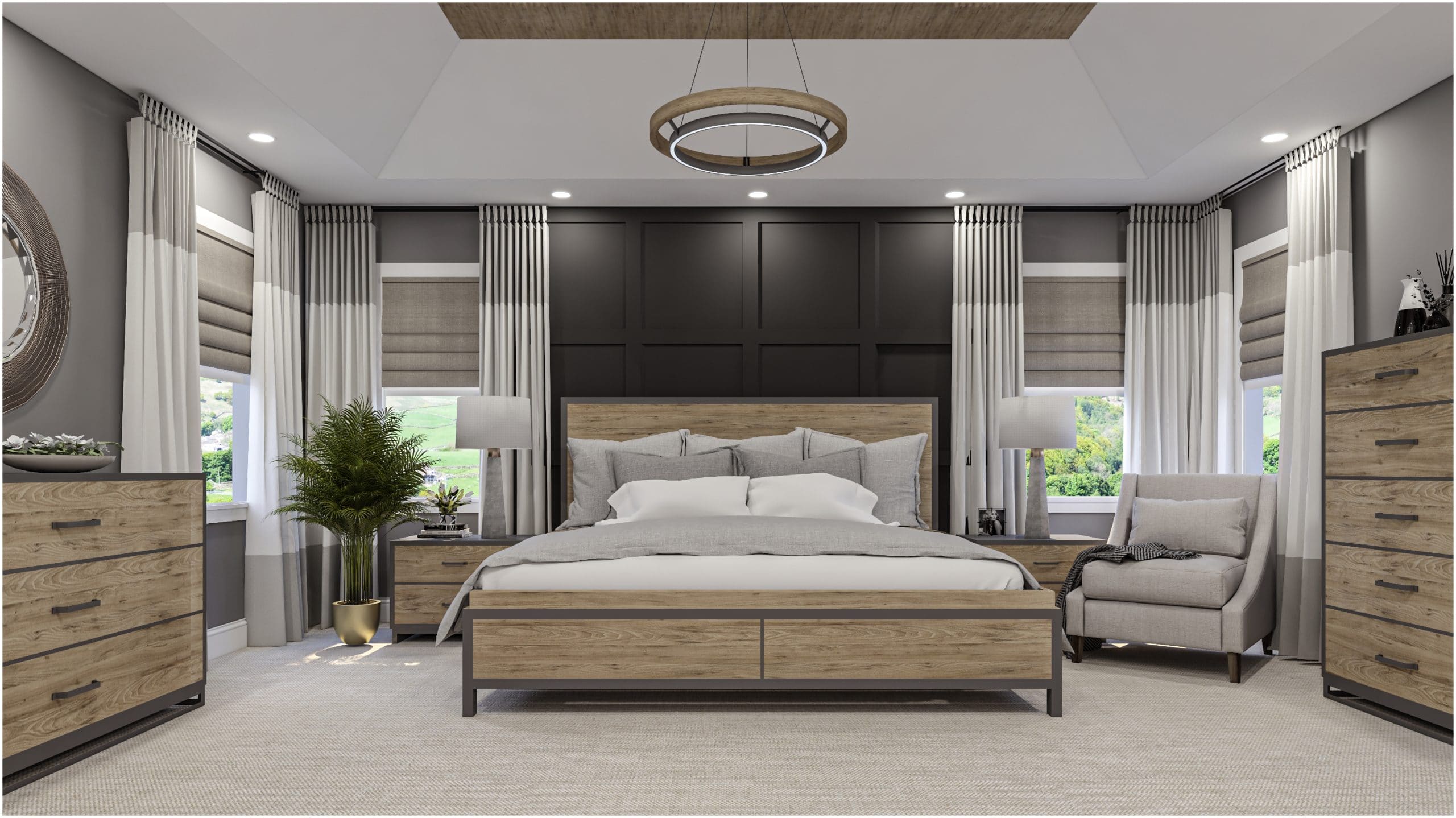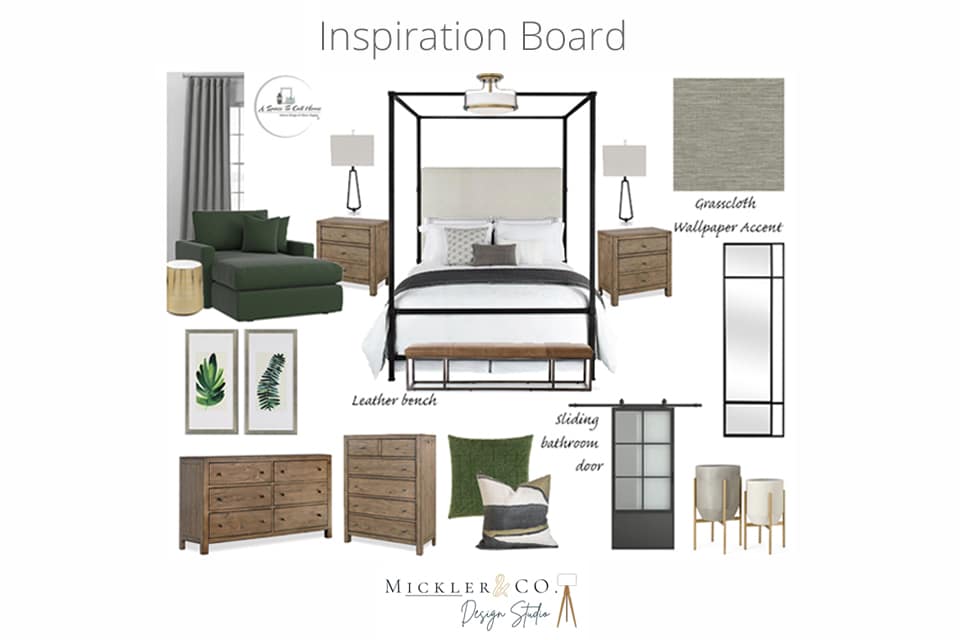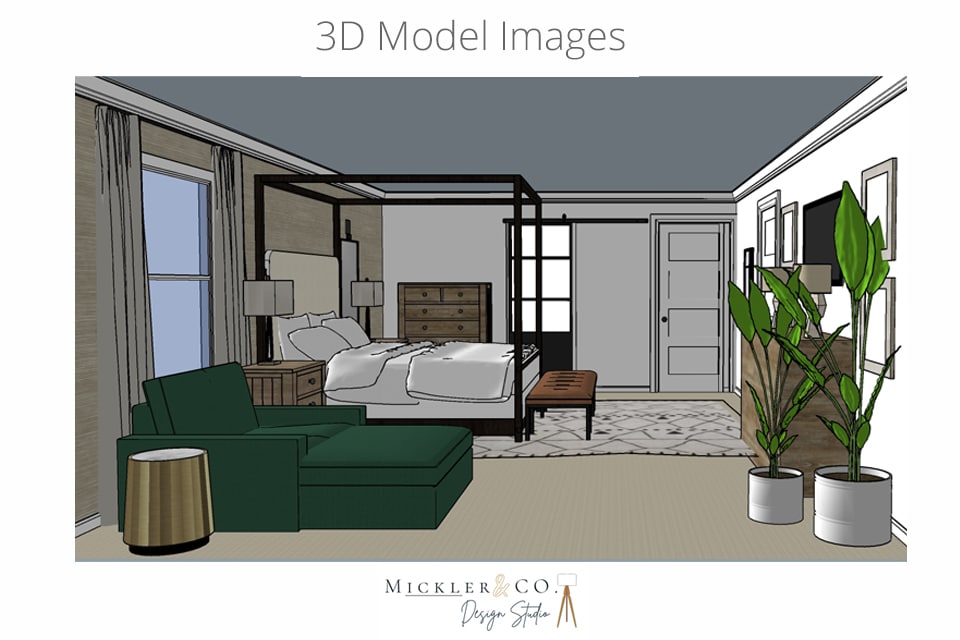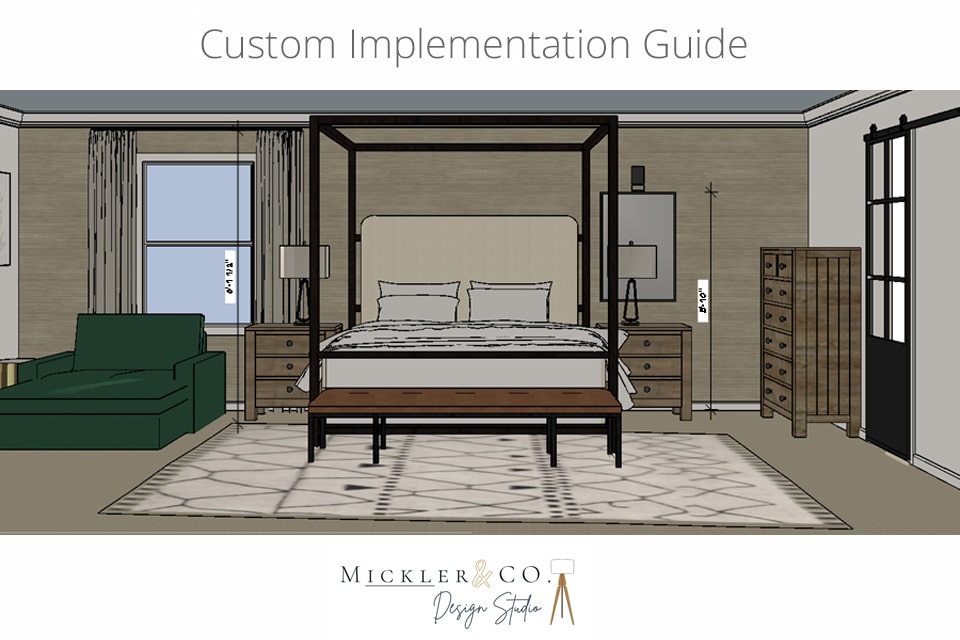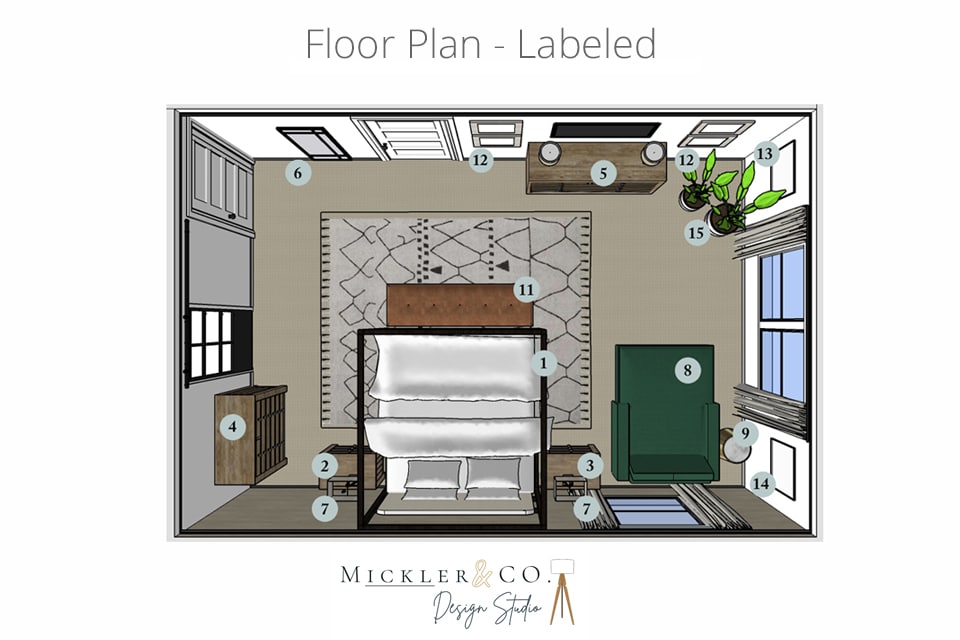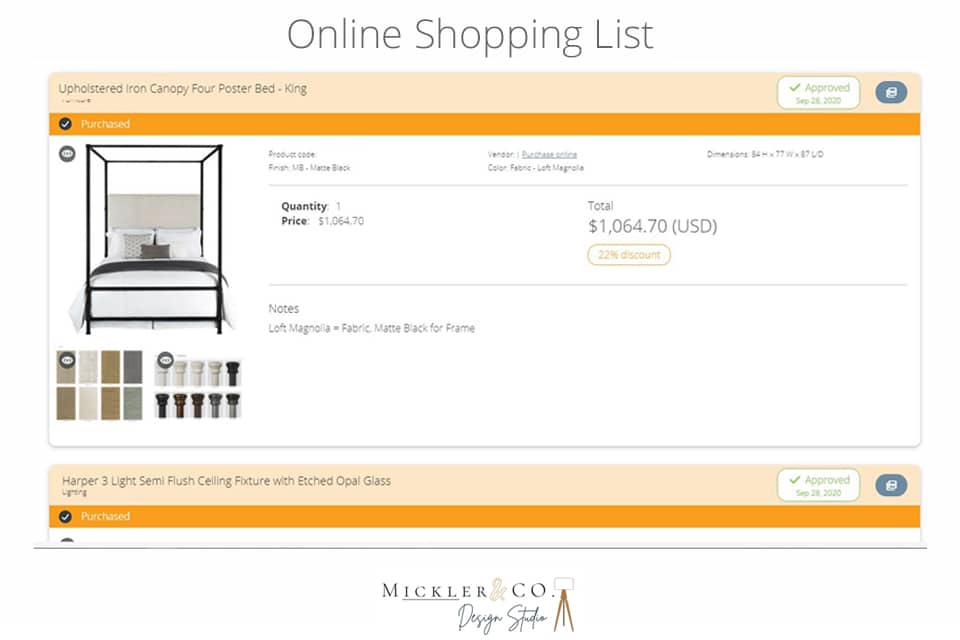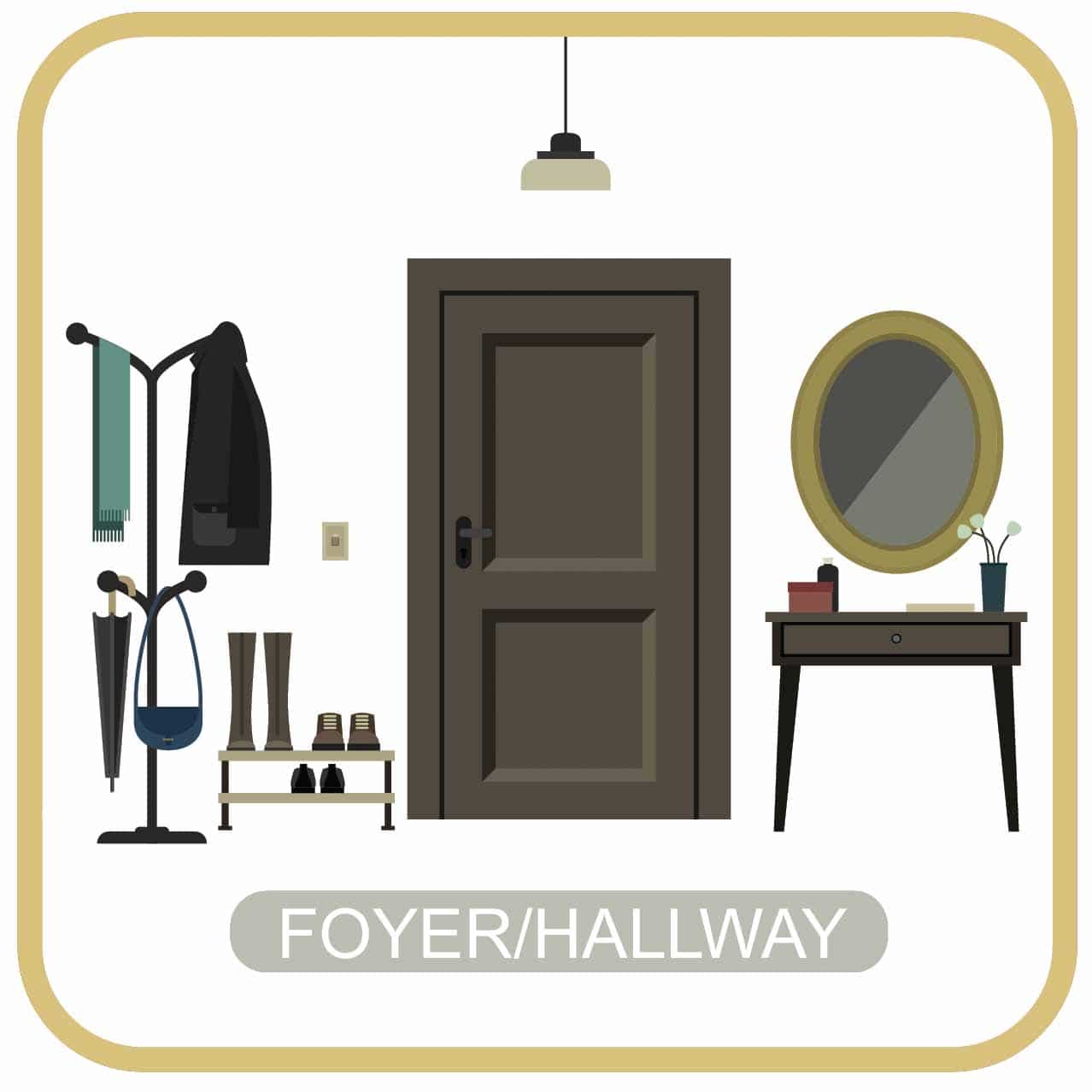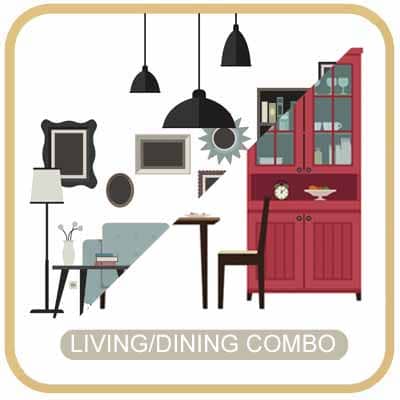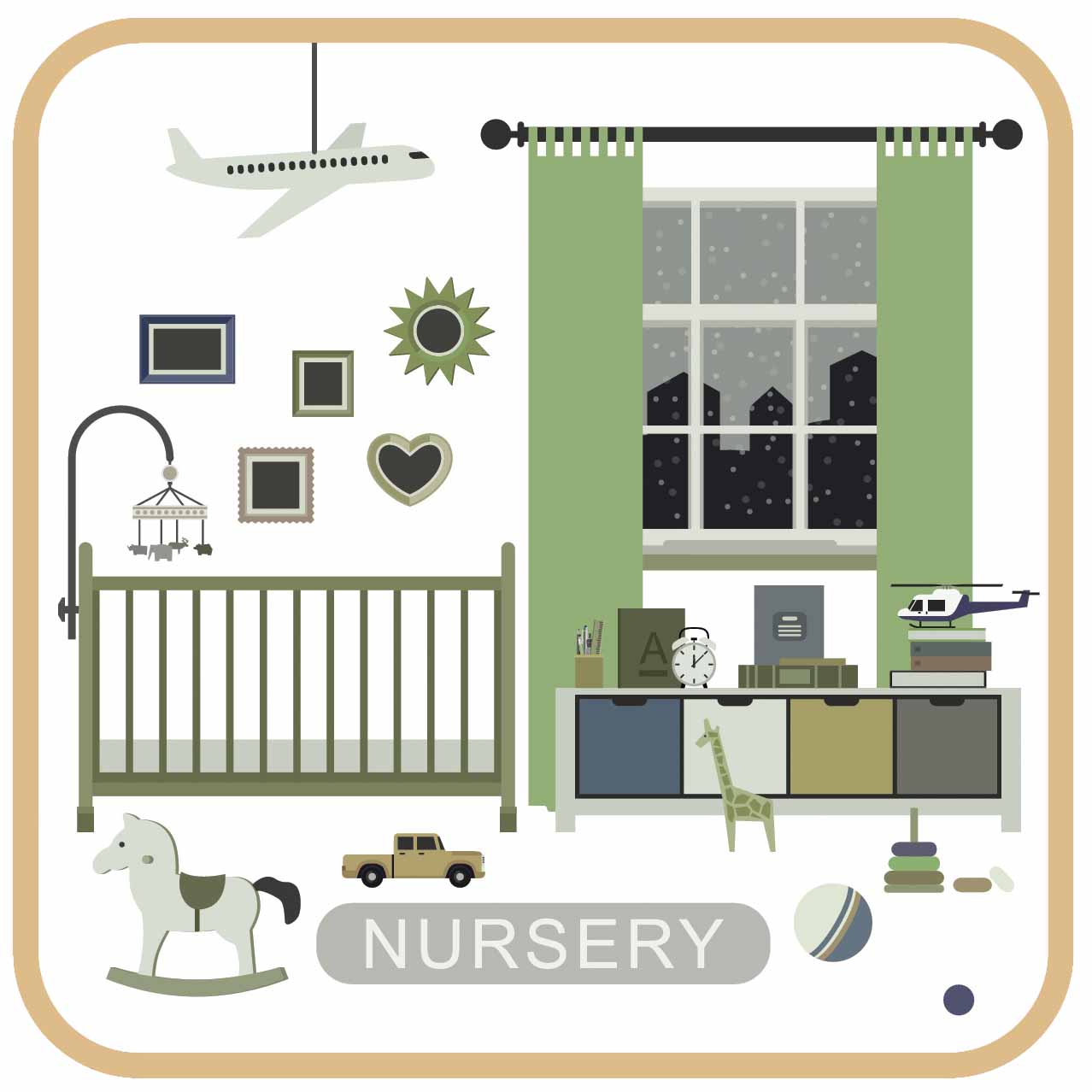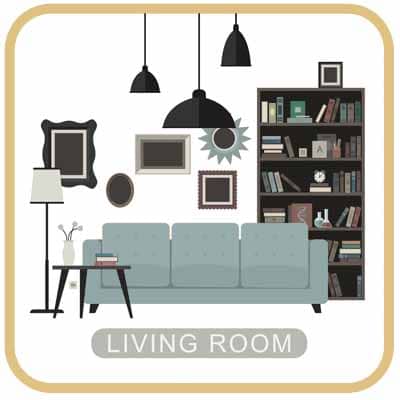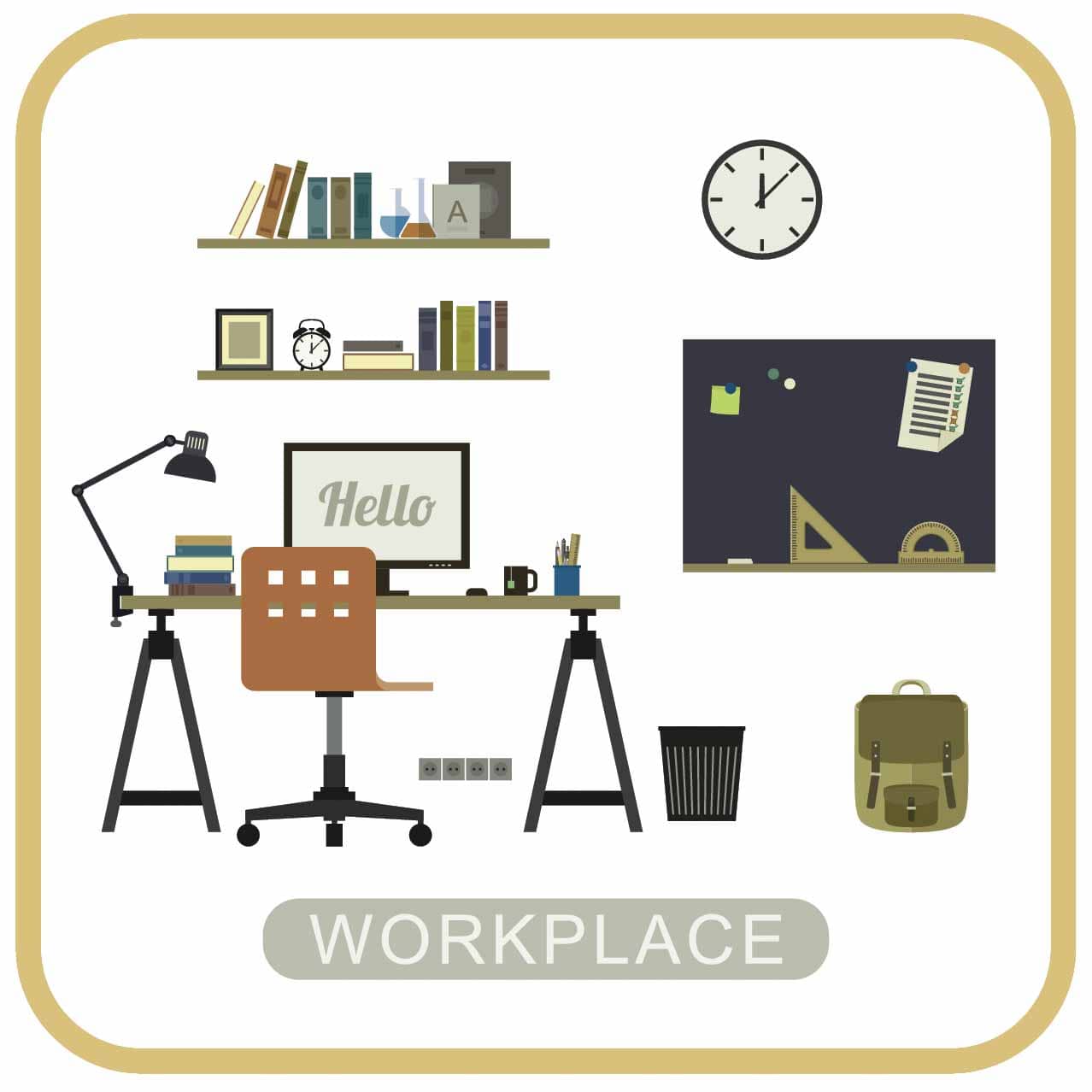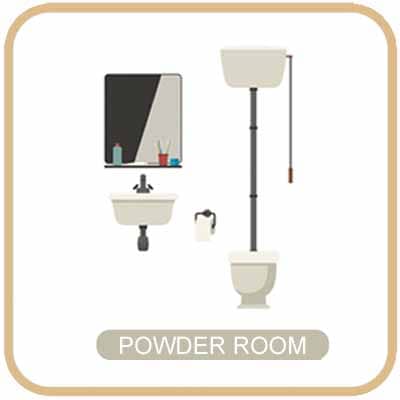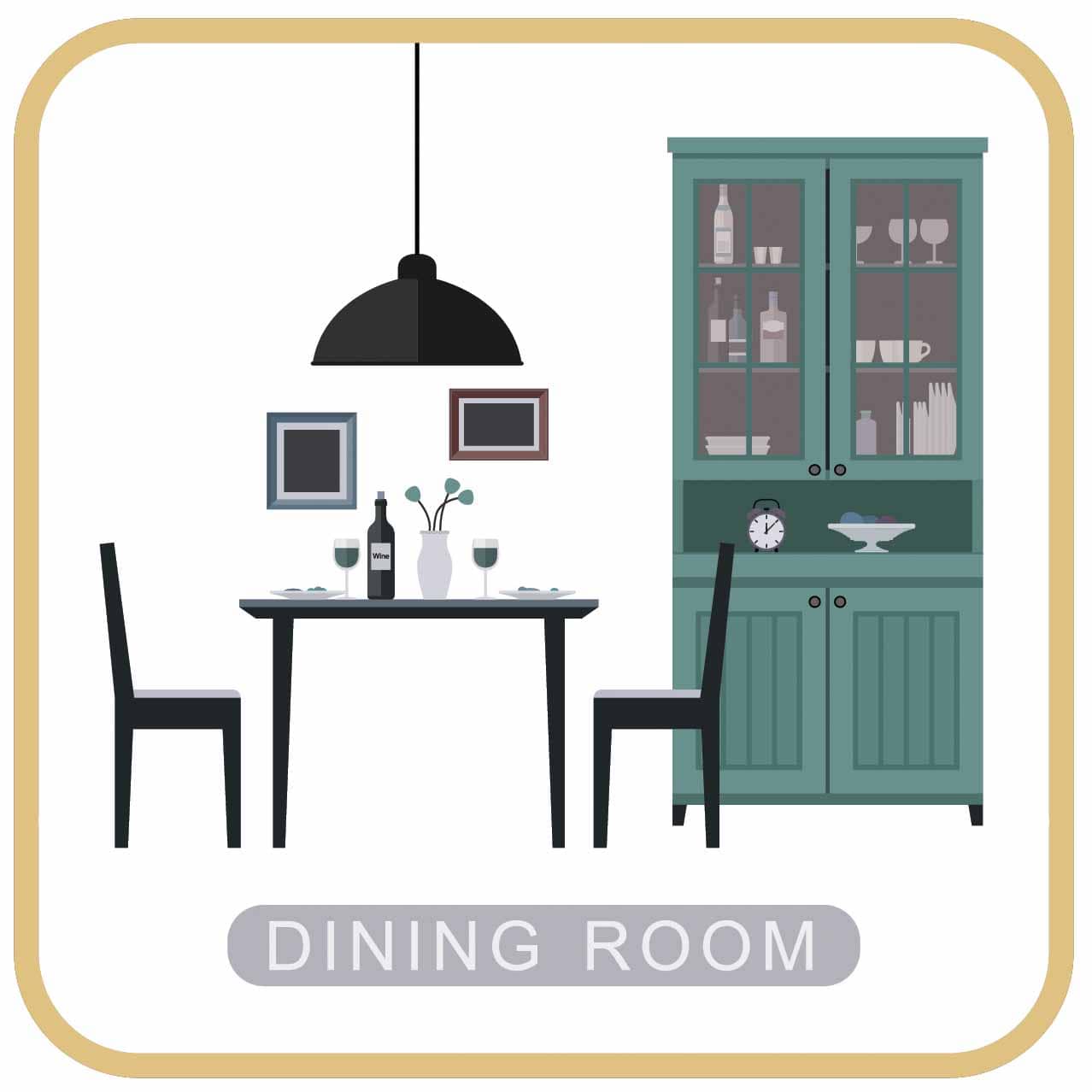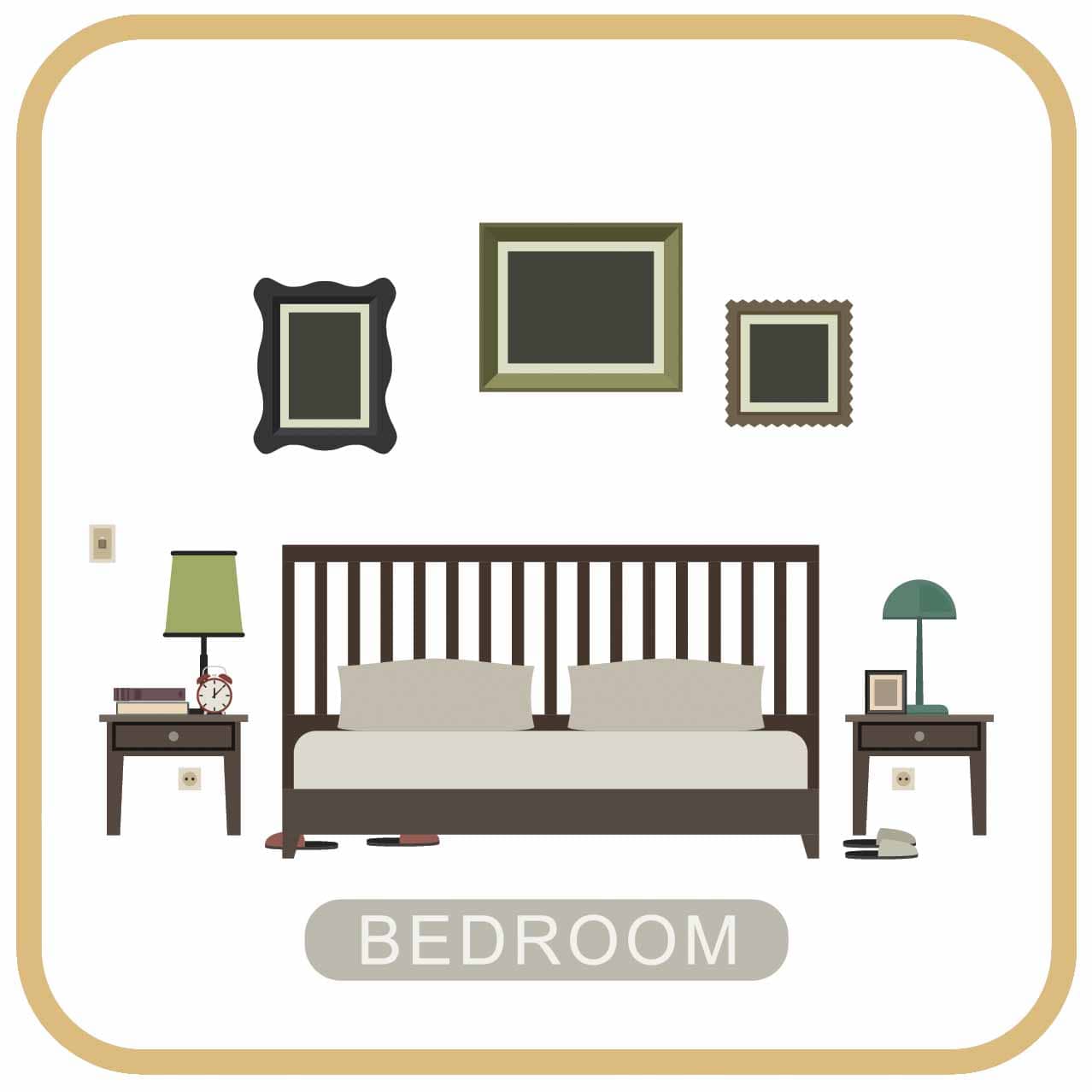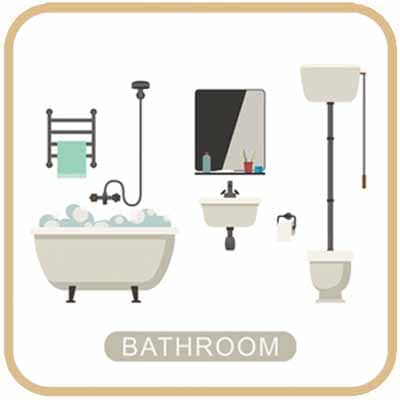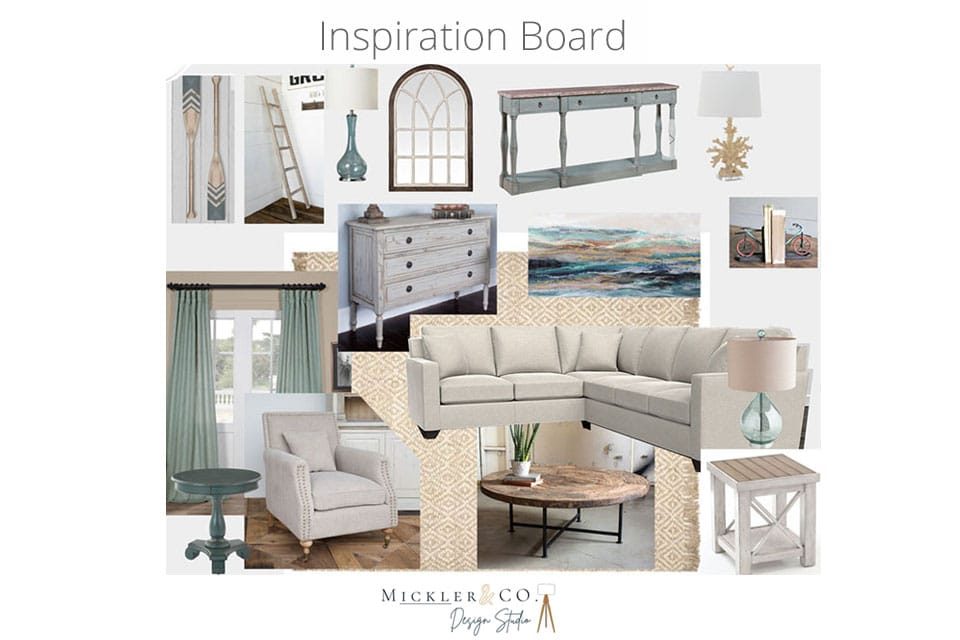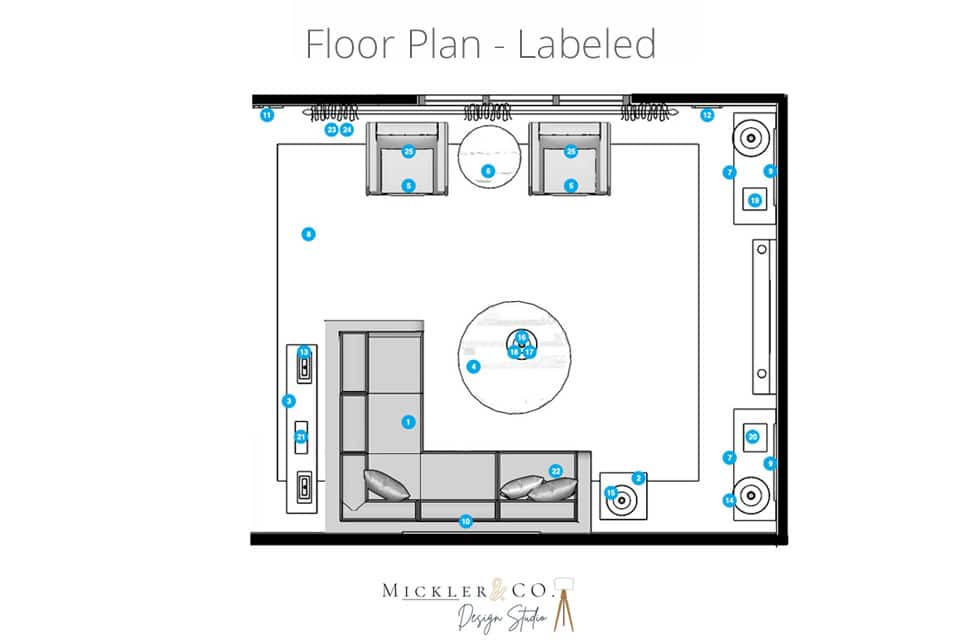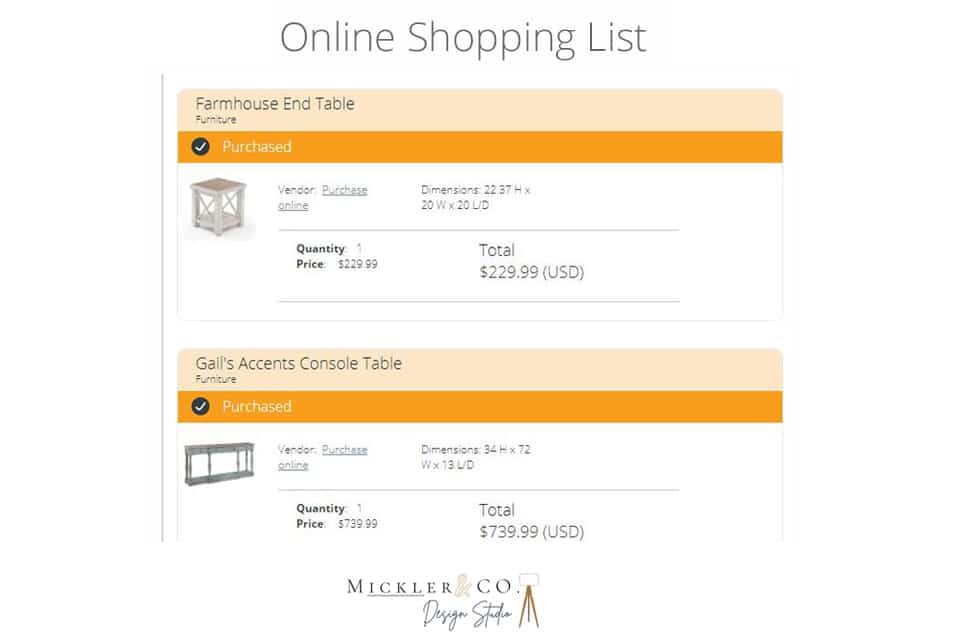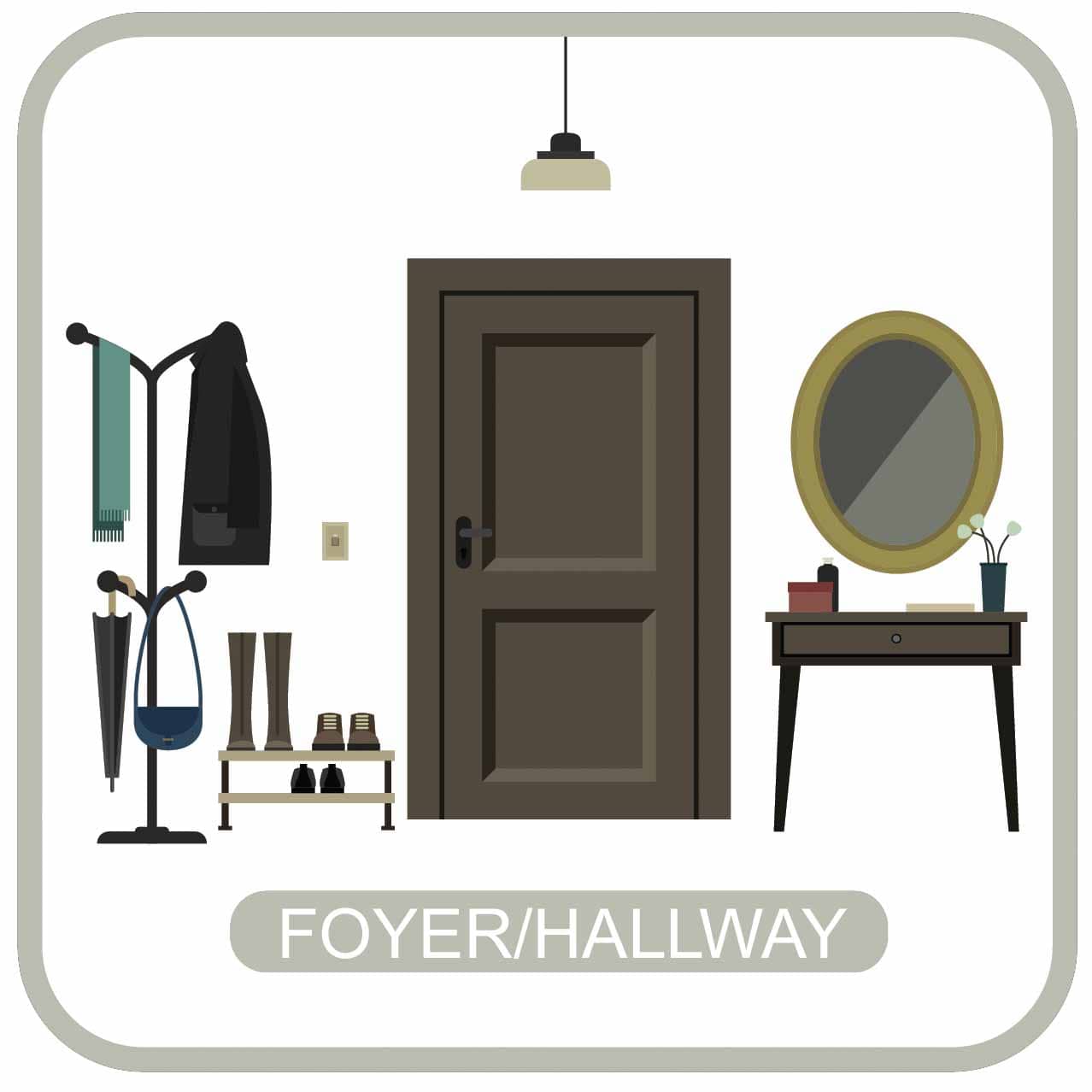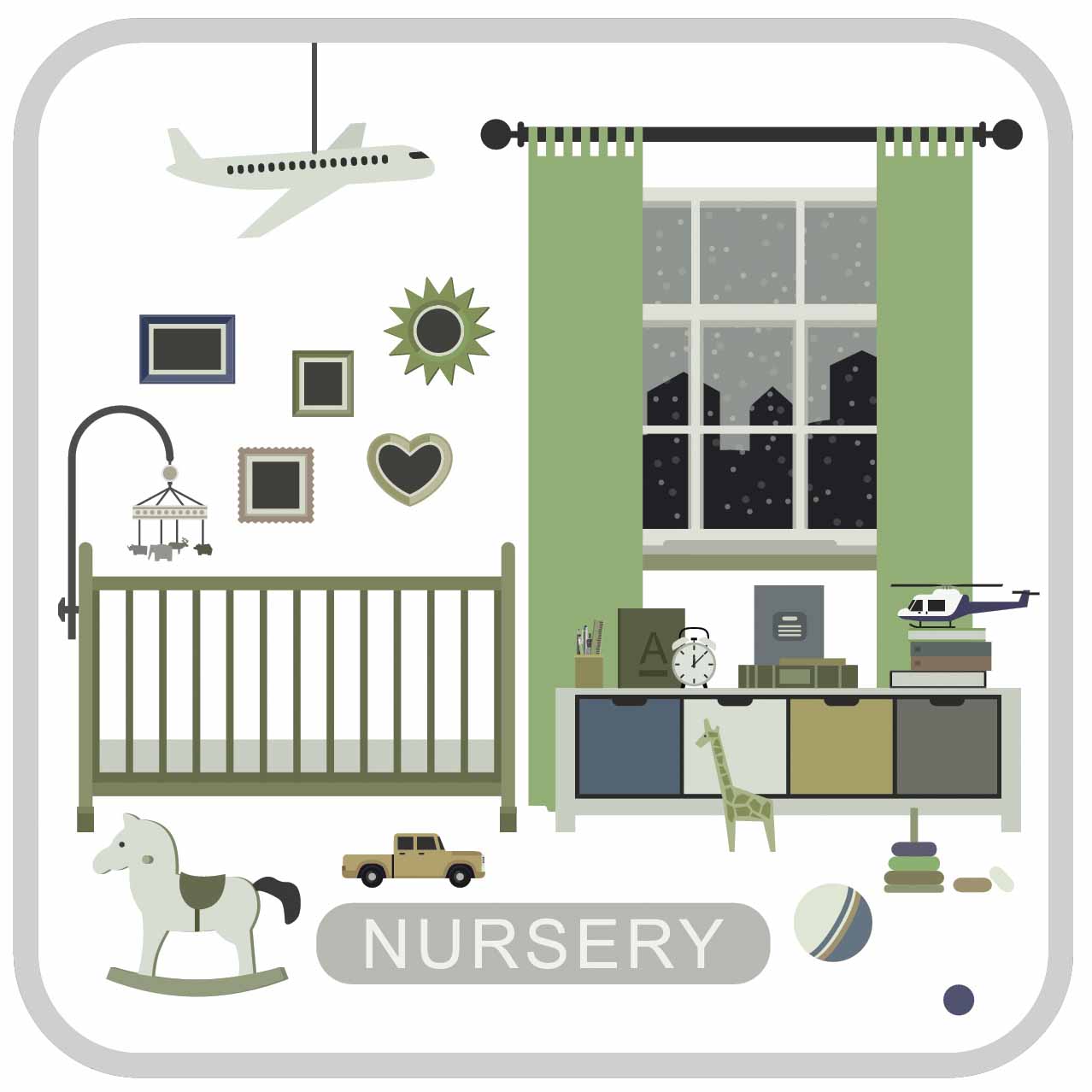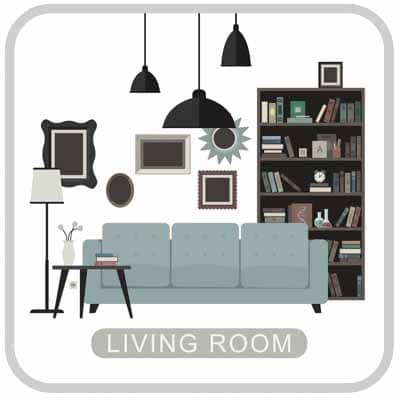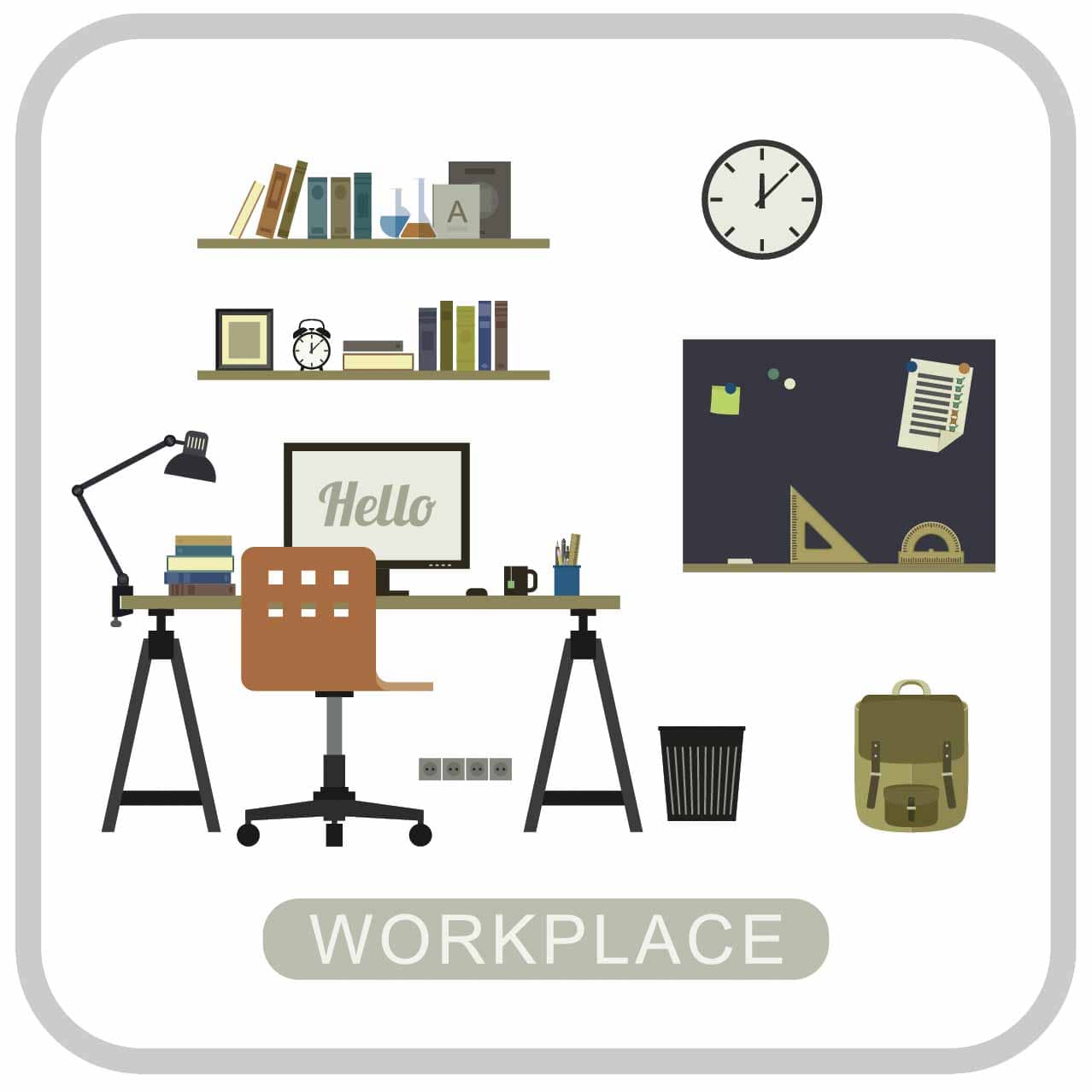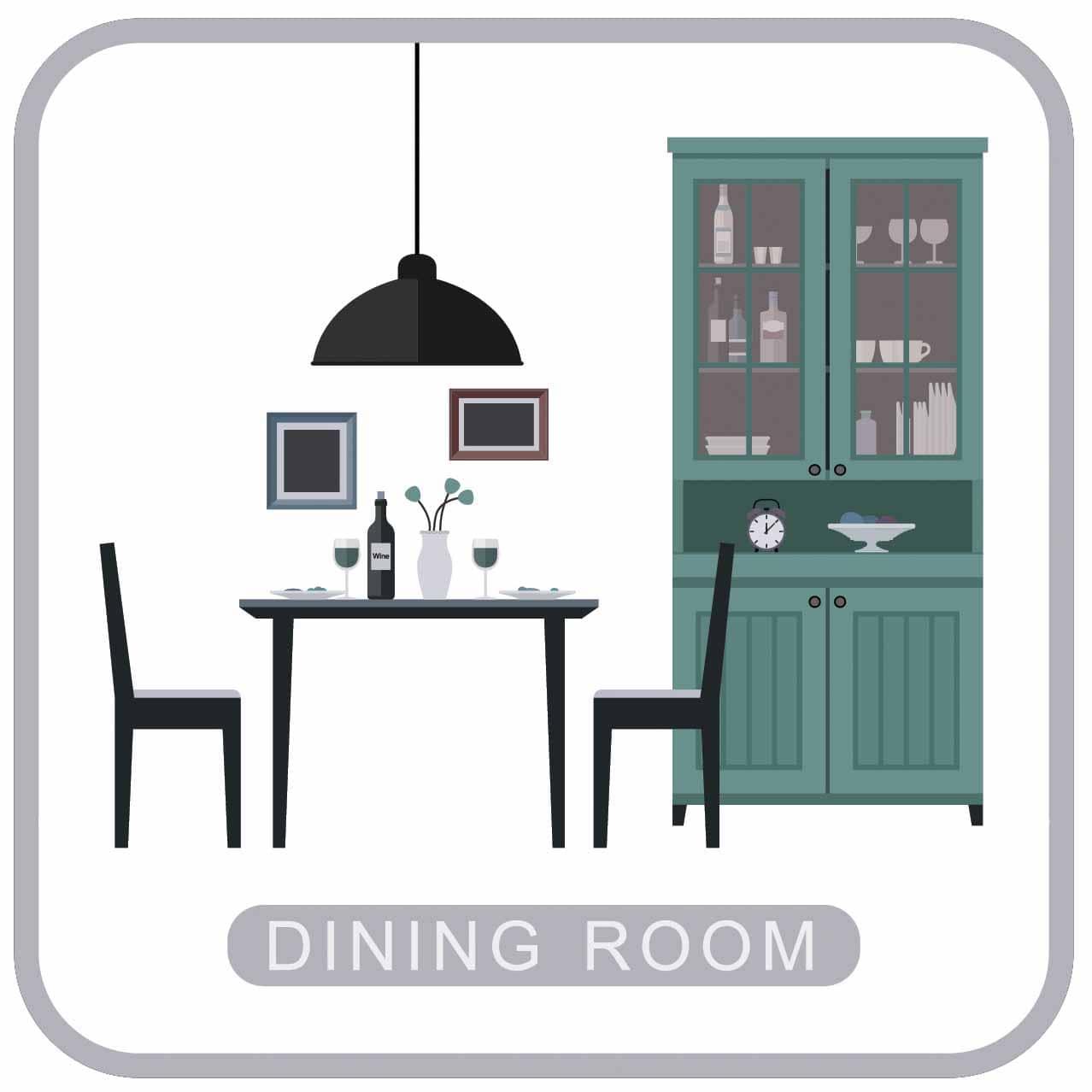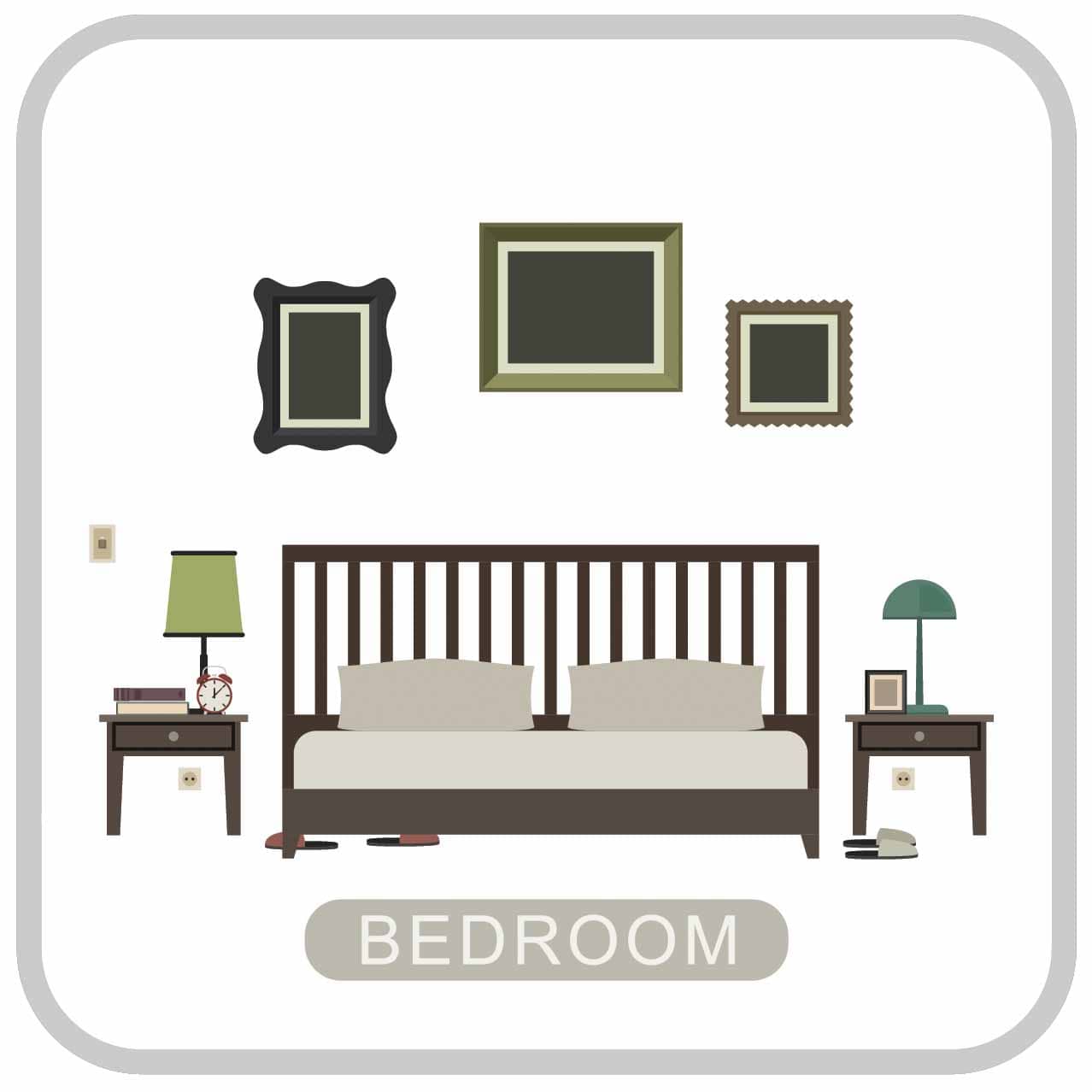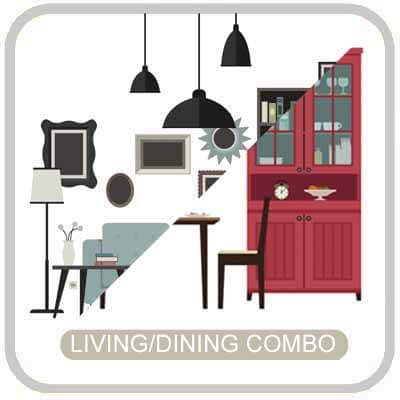
How We Discover Your Interior Design Style (& Why It Matters)
Our homes should make us feel happy, comfortable, and at ease. After all, homes are a reflection of the homeowners! From personal items collected through fond memories to the way you function in your day-to-day life. Here’s a look into how we discover your interior design style…
Step #1: Gather Inspiration
One of the first tasks we assign to our clients is to find inspiration photos and lots of them! It’s normal to be drawn to multiple styles so we suggest searching by room. Sometimes, people will think they are drawn to a specific style but their inspiration photos say differently! This is why we don’t limit our clients to a specific style, we focus on what they are drawn to and go from there.
Step #2: Identify Key Design Elements
When looking at clients’ inspiration photos, we are looking for common denominators – color palettes, furniture styles, artwork, materials, etc. The main thing we look for in inspiration photos is the overall look and feeling the space creates and then we find how to get there. Check out our fantastic “Find Your Signature Style” quiz to help narrow down your style options. Start your journey by taking the quiz HERE.
Step #3: Create a Concept Board
We typically only need to see a handful of inspiration photos before we can see the vision and start taking notes! Once we pinpoint the overall look the client is after, we find what makes that specific look. It could be a slipcover sofa, distressed wood, or gold accents. Every detail matters but it’s the big picture that we have in mind at all times during the design process.
Want to learn more about our services and design process? Read In-Home Interior Design Consultations: Expert Advice & Decorating Ideas.
Finding the look you’re after is the first step to creating the home you’ve always dreamed of. Show us the meal you want and we’ll find all the perfect ingredients to blow it out of the park. Make your home a reflection of you and all the things you love.
Ready to start planning your one-of-a-kind dream space? Let’s chat!
And in the meantime, take our Signature Style Quiz!









